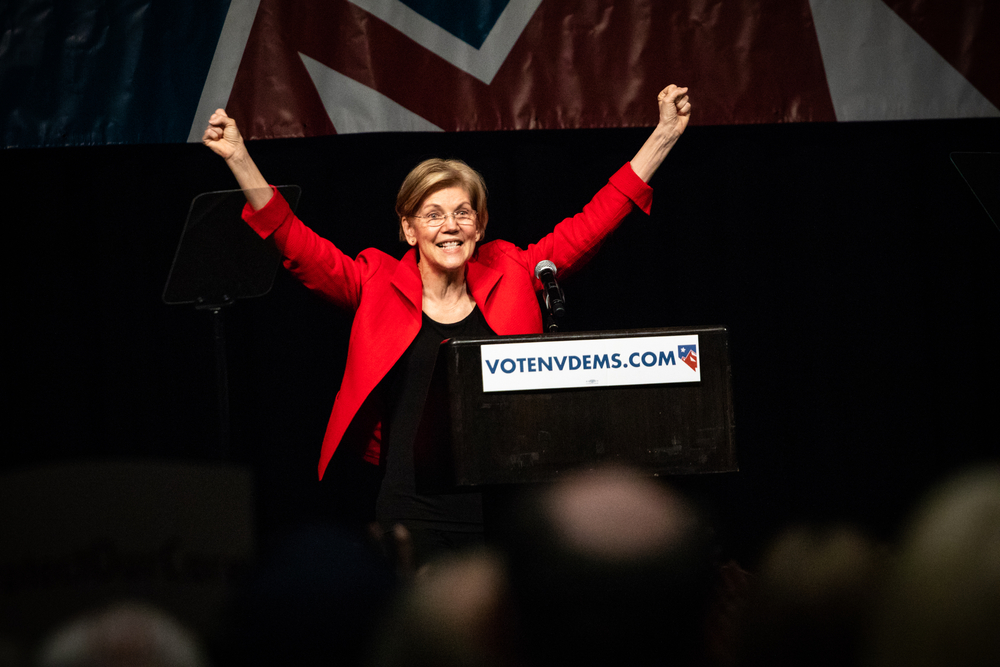If she were alive today she would be 106 years old. It’s odd I should recall Indira Gandhi because the truth is over the four decades since her assassination, she’s faded from memory. Of course, that’s not true of the enormous crowds that visit her memorial in Safdarjung Road. For them, it’s become a tourist attraction. For the rest of us, however, she’s part of a past that’s receded and, except for the Emergency, is hardly remembered.

I was in awe of her when I first met her. It was 1975 and the height of the Emergency. I expected to see a domineering virago of a woman. Instead, she was petite, even fragile. What I remember most clearly are her hands. They were slender and delicately shaped. They were not what I expected in a dictator. But four years earlier The Economist had dubbed her the Empress of India. Despite the manly watch on her wrist, she had a regal quality.
Yet she was a very down-to-earth person. On a Sunday during the Emergency, my sisters and I were breakfasting with the Gandhis before accompanying them to see The Pink Panther at Rashtrapati Bhavan. Lost in conversation, all of us lost track of time till Mrs Gandhi gasped. “Hurry, hurry”, she said. “We’re late. If anyone wants to spend a penny, do it now.”
Premila, my eldest sister, asked her what she did when she was campaigning. “I have all the water I want last thing at night,” Mrs Gandhi replied, “and hope it’s out of my system by the morning. After all, unlike boys, I can’t go behind a tree!”
Like Caesar, it’s true of Indira Gandhi as well, the good has been interred with her bones and we only remember the worst. Yet I vividly recall the exultation on December 16, 1971, when she announced the defeat of Pakistan and the birth of Bangladesh. A day or two later, when she wrote to President Nixon rebuffing PL 480 aid, my 16-year old mind considered this a fitting response to America’s prejudiced behaviour. Today, we correctly give credit to Sam Manekshaw for that victory but unjustly deny it to her.
Mine was a generation that took pride in the image Indira Gandhi presented abroad. In the mid-60s, standing beside Lyndon Johnson, her immaculately coiffed presence was a photographer’s dream. Those pictures from the lawns of the White House are impossible to surpass.
That is until I saw her in London in 1982 at the inaugural concert of the Festival of India. She walked in with Margaret Thatcher but it was what Indira Gandhi wore that made the audience applaud with delight. It was a stunning coat made out of a jamawar shawl. My mind flashed back to school and Enobarbus’s praise of Cleopatra: “Age cannot wither her, nor custom stale her infinite variety.”
Perhaps it’s fitting there’s a mystery about Indira Gandhi that may never be resolved. What made her call the elections of 1977? They weren’t due for another year and she was powerful enough to postpone them. There were no external factors that coerced her. So was it her own conscience?
Had she come to regret the Emergency? Or, at least, accept it had gone on for too long? Different people have answered these questions differently. But none convincingly.
There is, actually, an even deeper question. Did she think she could win or was she aware she was heading towards a terrible defeat? And if she knew her fate, did she welcome it? Was this penance? Her way of atoning for the Emergency?
After Indira Gandhi, we’ve had other strong rulers. We’ve had many impressively attired prime ministers. So why does Indira Gandhi remain special? Could it be because memories from adolescence acquire an inexplicable nostalgic resonance? Psychologists or philosophers would be better placed to explain. All I can say — and I don’t mean it facetiously — for me she’s become the sine qua non of the je nais se quois!
Karan Thapar is the author of Devil’s Advocate: The Untold Story. The views expressed are personal
Continue reading with HT Premium Subscription
Daily E Paper I Premium Articles I Brunch E Magazine I Daily Infographics

















